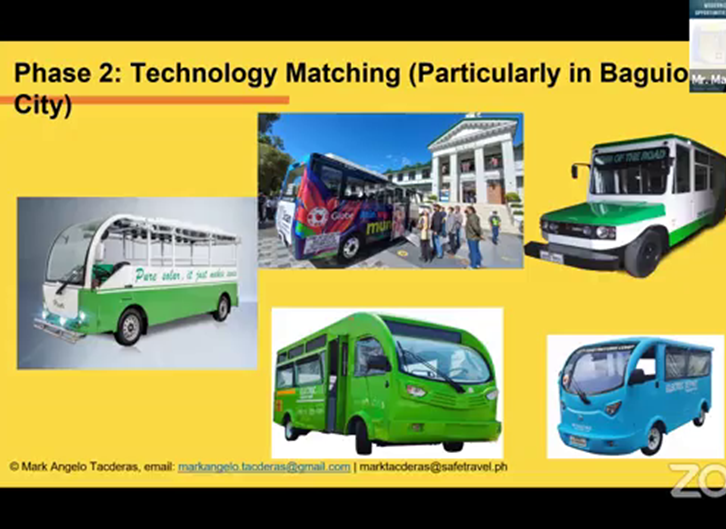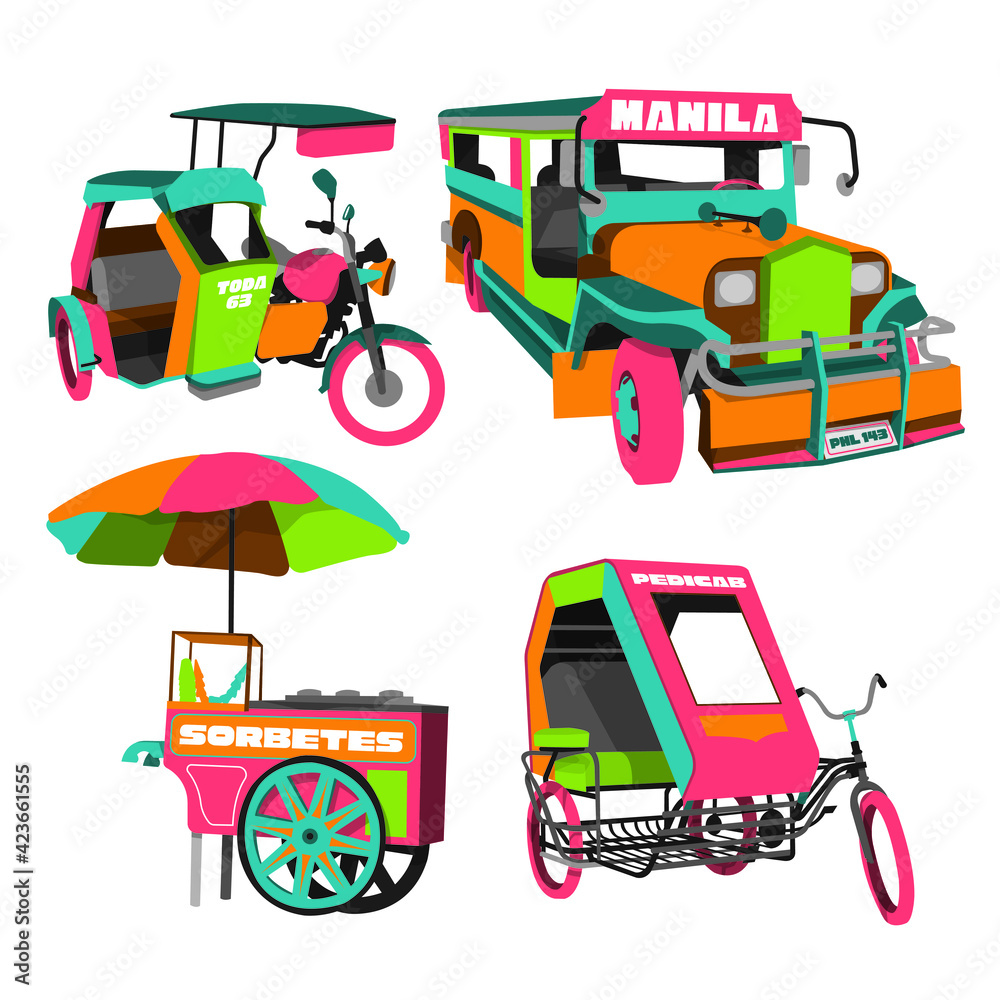Boost Your Service with Transit Advertising Philippines
Boost Your Service with Transit Advertising Philippines
Blog Article
Discovering the Impact and Effectiveness of Transit Advertising in Urban Advertising And Marketing Strategies
Transportation advertising has become a considerable component of city marketing methods, capitalizing on the distinct dynamics of public transportation environments. With the quick development of innovation and moving customer habits, the landscape of transit advertising is undergoing noteworthy adjustments that merit closer exam.
The Surge of Transit Advertising And Marketing
As city populations remain to swell, the need for innovative advertising services has brought about the rise of transportation marketing as an essential component of metropolitan marketing strategies. This type of advertising and marketing leverages public transportation systems-- such as trains, buses, and subways-- to reach a diverse target market in largely populated areas. The performance of transportation marketing hinges on its ability to involve consumers during their everyday commutes, a commonly ignored yet vital time for brand messaging.
With cities becoming significantly busy, typical advertising rooms are coming to be limited and less reliable. Transit advertising offers a vibrant option, making it possible for brand names to display their messages in high-traffic locations where potential consumers are continually revealed to the advertisements. Furthermore, as urban homeowners progressively rely on public transport, the significance and presence of transit marketing have grown significantly.
In addition, technological innovations have actually enhanced the class of transportation advertising and marketing, enabling digital display screens and interactive projects that can capture consumer interest a lot more effectively than fixed advertisements. Consequently, transportation advertising is not only a cost-efficient alternative but additionally a necessary strategy for brands looking for to connect with metropolitan customers in an impactful and unforgettable way.
Secret Advantages of Transit Advertising And Marketing
The effectiveness of transportation advertising is highlighted by its diverse benefits, making it a very useful tool for urban marketing experts. Among the primary benefits is its extensive reach; transit systems serve countless travelers daily, enabling brand names to link with a diverse audience in high-traffic environments. This visibility enhances brand awareness, making sure that ads are seen continuously by commuters.

Additionally, transit marketing is affordable compared to other media, offering a lower cost per impact while preserving high presence. The flexibility of advertisement styles, from bus covers to electronic screens, enables innovative and impactful projects that can adapt to transforming market requirements.
Consumer Behavior Insights
A significant part of consumer behavior is affected by the pervasive nature of transit advertising and marketing in metropolitan environments. This kind of advertising catches the interest of diverse demographics, involving customers during their day-to-day commutes.
Research study suggests that transportation advertising and marketing can evoke psychological reactions, leading to raised brand name fondness. Consumers commonly connect the experience of commuting with specific brands, creating an enduring impact that affects purchasing choices. Furthermore, the regularity of exposure to transit ads promotes experience, which is an important variable in consumer count on and loyalty.

Furthermore, the communal element of public transportation adds to this sensation; as individuals share rooms, they are most likely to review and advise brand names they run into. Hence, transportation advertising not just gets to customers yet also stimulates social interactions that reinforce brand messaging. Recognizing these behavior understandings enables online marketers to tailor their approaches efficiently, making certain that their projects resonate with target audiences in the city landscape.
Instance Research Studies and Success Stories
Effective implementation of transportation advertising and marketing techniques is exemplified through various study that highlight its effectiveness in metropolitan marketing. One significant example is the collaboration between a preferred beverage business and a major city's public transportation system. The project utilized bus covers and indoor posters, resulting in a 30% boost in brand recognition and a 15% increase in sales within the target demographic over three months.
An additional effective instance included a neighborhood restaurant chain that employed train station advertising and marketing to draw in travelers. By creating visually striking ads that offered timed promos, the restaurant experienced an uptick in foot web traffic, with an outstanding 25% rise in lunch hour clients.
Additionally, a city's tourism board released a transit project showcasing neighborhood attractions via bus quit display screens and subway advertisements. The effort led to a substantial increase in tourist check outs, read here as reported by a 40% increase in queries at site visitor facilities.
These case research studies highlight the versatility and possibility of transportation advertising to engage city audiences efficiently, demonstrating that calculated placements can yield substantial rois and enhance brand name visibility in busy metropolitan environments. - Transit Advertising Philippines
Future Fads in Transit Advertising And Marketing
As urban landscapes remain to evolve, so also does the world of transportation marketing, which is poised to welcome cutting-edge innovations and strategies. One considerable fad is the integration of digital advertising displays right into public transportation systems. These dynamic display screens enable real-time updates and targeted content, enhancing target market involvement. In addition, the fostering of programmatic advertising and marketing is anticipated to get momentum, making it possible for marketers to leverage information analytics for more precise target market targeting based upon time, area, and market Source insights.
An additional arising pattern is making use of increased truth (AR) and online truth (VIRTUAL REALITY) experiences within transit advertising. These immersive modern technologies can captivate commuters, changing ordinary journeys right into interactive brand name experiences. Furthermore, sustainability is coming to be significantly crucial; environmentally friendly advertising and marketing materials and practices are most likely to obtain grip, showing the growing consumer need for company social obligation.
Last but not least, the surge of mobile connection will help with better assimilation between transit advertising and individual tools. Marketers can develop smooth cross-channel experiences, enabling instant interaction and engagement with prospective clients. Collectively, these patterns suggest a transformative future for transportation marketing, offering new methods for brand names to get in touch with metropolitan audiences.
Conclusion
Transportation marketing has developed itself as a significant component of metropolitan advertising and marketing techniques, showing considerable efficiency through improved brand presence and consumer involvement. The capacity to adjust messages to particular demographics, coupled with the cutting-edge usage of innovation, positions transportation advertising as a driving pressure in modern advertising (Transit Advertising Philippines). As metropolitan environments proceed to develop, the future of transportation marketing guarantees more innovations, guaranteeing its significance and influence fit consumer perceptions and actions in metropolitan landscapes
As urban populaces proceed to swell, the need for innovative marketing solutions has led to the image source rise of transit marketing as a pivotal element of city advertising and marketing methods.A substantial part of consumer behavior is affected by the prevalent nature of transportation marketing in city environments. Collectively, these trends indicate a transformative future for transportation advertising, using new opportunities for brand names to connect with metropolitan audiences.
Transit marketing has established itself as a significant component of city advertising and marketing approaches, showing substantial performance via boosted brand visibility and consumer interaction. As city atmospheres proceed to advance, the future of transportation marketing assures further innovations, ensuring its significance and effect in shaping customer perceptions and behaviors in city landscapes.
Report this page